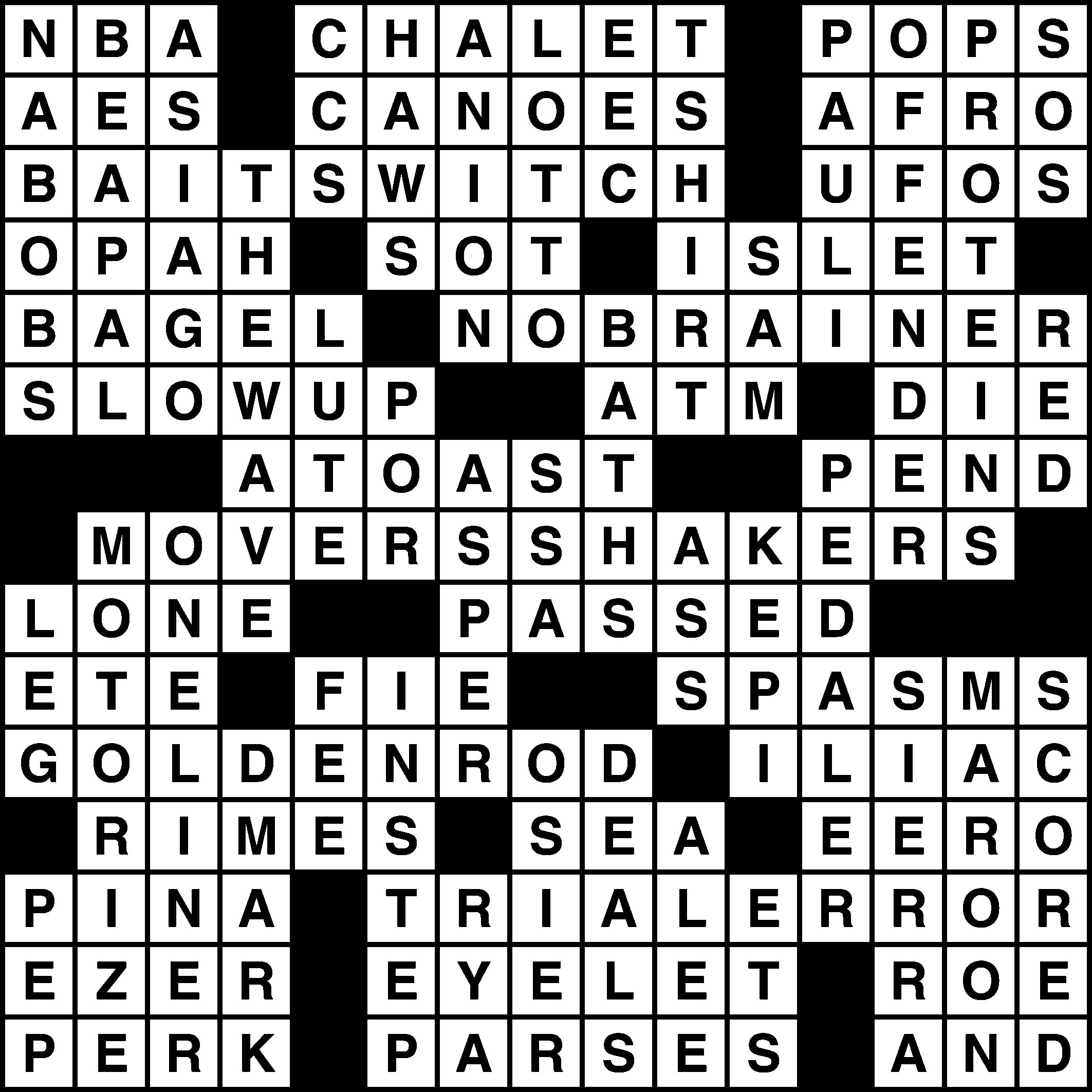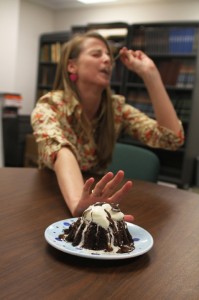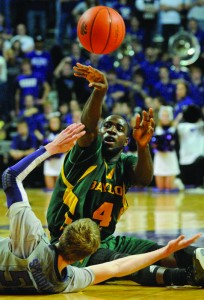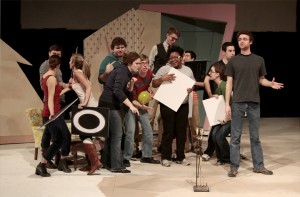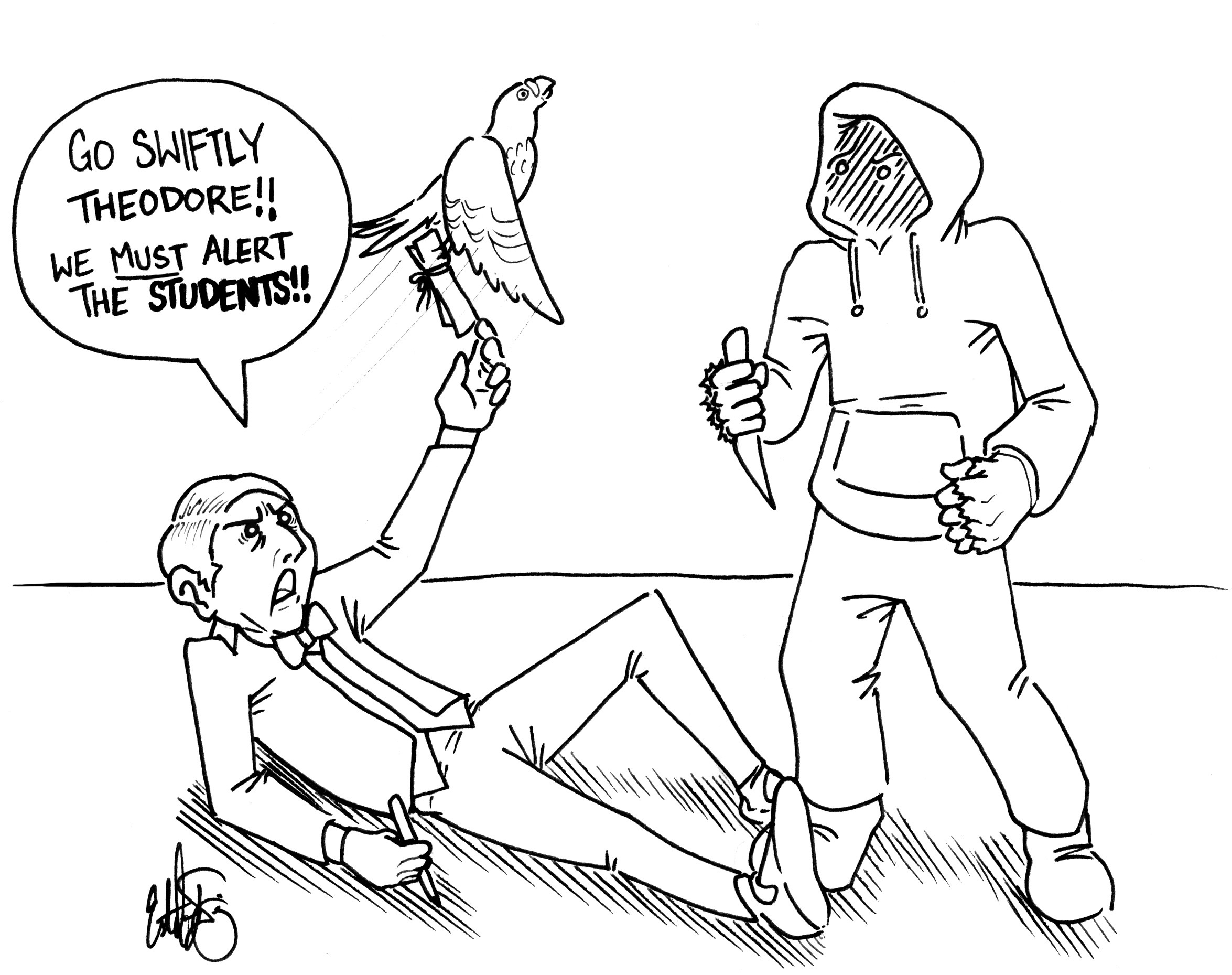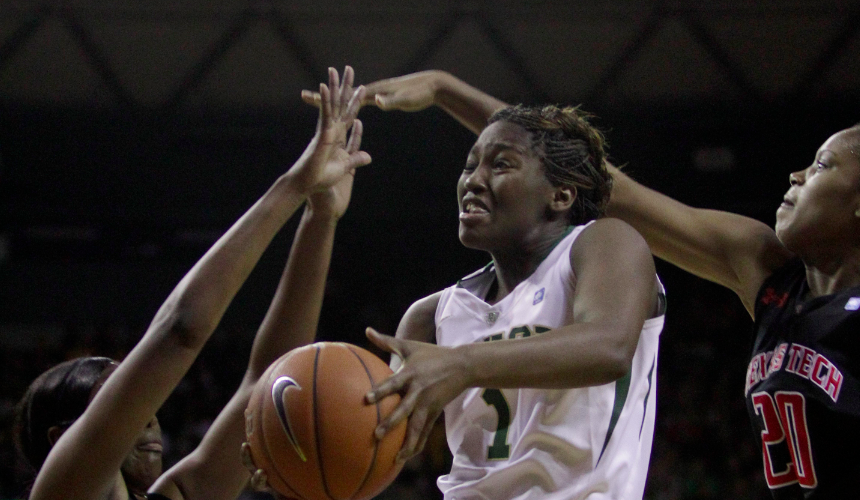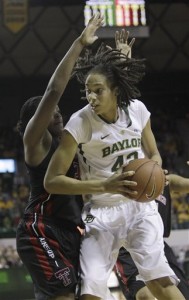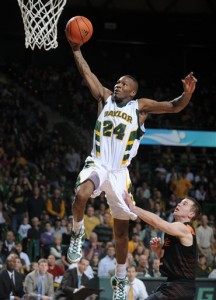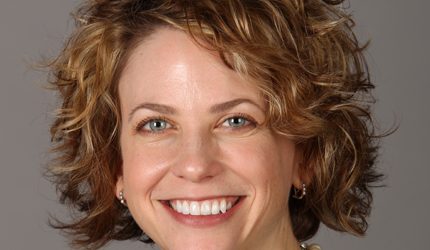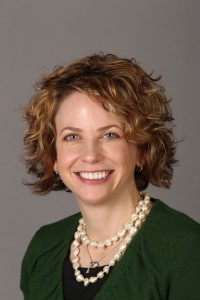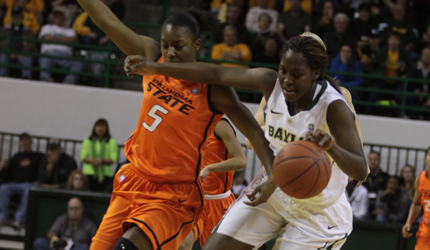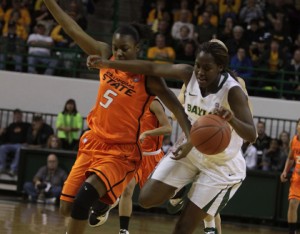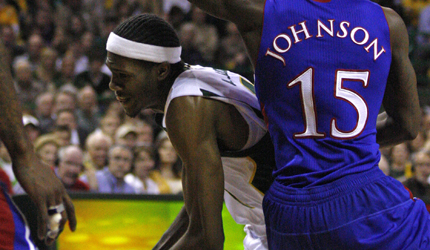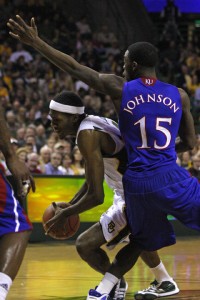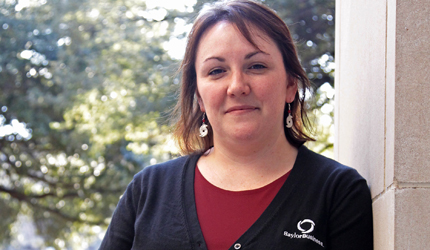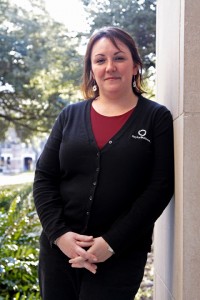
Dr. Ken Matthews spoke on leadership in schools Monday in Kayser Auditorium during the first of the Leadership Lecture Series this semester.
By Sobia Siddiqui
Reporter
As part of this semester’s leadership lecture series, a former Baylor football player-turned-principal counseled students to stand out by making a difference in their schools.
Dr. Ken Matthews, 1984 Baylor alumnus and superintendent of schools for the School of Excellence in Education, presented his lecture as a conversation with Ashley Weaver, the project coordinator for the Greater Waco Community Education Alliance and a Baylor alumna.
Ramona Curtis, the director for Leader Development and Civic Engagement and coordinator of this event, explained the purpose for the leadership series.
“The academy for civic engagement and leader development provides the format for any student here at Baylor to participate and hear from leaders who are making a difference in their world,” Curtis said. “And hopefully that will inspire leaders, our future leaders, our students to go out and change the world around them as well.”
Matthews encouraged students to reach out and help the children in their community.
He referenced what he has been able to accomplish with the School of Excellence in Education, an organization in Texas that focuses on helping students reach their full potential.
Weaver asked Matthews what advice he had for college students who wish to become leaders.
“There’s a lot of leadership styles out there. First of all, it has to match you and who you are,” Matthews said. “I go by the transformational leadership style, which is one that challenges the status quo.”
Weaver asked Matthews what advice he would give on how students can strategically impact and give to their school.
“You’re already making a difference just by being here and saying, ‘I’m one of those that cares enough to go out into the community and make a difference’,” Matthews said.
Matthews said when dealing with adults, adolescents and especially young children, educators have to be genuine.
“They can tell when I’m telling the truth; they can tell when I’m not telling the truth,” Matthews said. “They will be able to tell the difference with you.”
Matthews said his greatest accomplishment is impacting the lives of children.
“The greatest gift was to look at a little kid, to assist him or her, and see the smile on their face, and then they come back and ask for more,” Matthews said. “Then I knew that I’d arrived, because there’s somebody in the world who wanted to listen to me.”
The first question asked by the audience was how Matthews’ transformation from a football player to an educator occurred.
“I did not select education; education selected me,” Matthews said. “I think it was higher than that. I think God selected me. I think God was telling me I want you to do for others what others did for you.”
Matthews ended the interview with a word of advice to students.
“I’m hoping today, that as I’ve spoken to you, you were actually reading my heart,” Matthews said. “You listened to what I had to say, but you were also reading my heart.”



